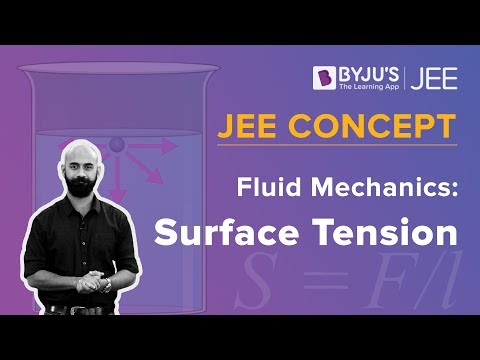Introduction
Have you ever noticed that raindrops do not stick to glass panes uniformly? And what is so special about soap water that it can clean clothes, but normal water can’t? How are both of these questions even connected? They are connected in terms of the surface tension of water!
How detergent reduces the surface tension of water?
The water drops do not stick to the glass panes because of surface tension due to their cohesive forces not letting them stick to the glass panes. And the same thing happens when you try to wash clothes with water. The water doesn’t wet the clothes (or, in other words, stick to them) enough for it to clean the dirt off your clothes. This is where detergent or soap comes in.
- Adding detergent to water reduces its surface tension. Detergents and soaps have something called surface-active agents, or surfactants for short. These surfactants reduce the surface tension value of water and enhance its ability to stick to things. Water sticks to the clothes and, because of this, can seep through thin fibres of dirty clothes and spread over a larger area (therefore increasing its area of influence) than it usually could have.
- Surfactants in detergents play a very important role here. On one end, they attach themselves to the water molecules and on the other, they attach themselves to the dirt present in unclean clothes. The surfactants help spread water, then act on the grease by attaching themselves to it, and when this water is disposed of, it carries away all the dirt with it.
- This is why water alone will not help with cleaning action. The surfactants are very useful in this way that they are made of two ends, one which is attracted to water, hydrophilic, and attaches itself there, while the other is attracted to grease, oily substances, hydrophobic, and dirt and attaches itself there.
Watch the video and understand surface tension with the help of a physical demonstration.

Frequently Asked Questions – FAQs
What are surfactants?
What is surface tension?
What is saponification?
What is the ideal fluid?
Define viscosity.
What is the surface tension of water at its boiling point?
Which are the forces behind the origin of surface tension?
Stay tuned to BYJU’S and Fall in Love with Learning!

Very nice explanation
It’s that which i have searched a lot.